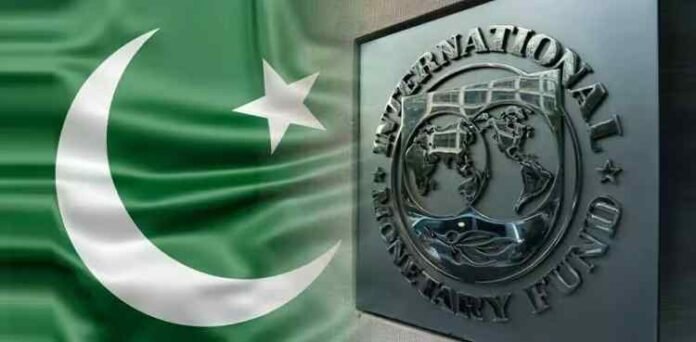Pakistan fell just short of meeting the International Monetary Fund’s (IMF) target for health and education spending in the last fiscal year, with three of its four provinces undershooting their commitments.
According to official data reported by The Express Tribune, combined federal and provincial spending reached Rs2.84 trillion — Rs27 billion below the agreed Rs2.86 trillion benchmark. The IMF had set the target to safeguard social sector budgets from being squeezed by broader fiscal constraints.
Provinces Lag, Centre and Balochistan Overdeliver
The shortfall wasn’t evenly spread. Sindh, Khyber Pakhtunkhwa (K-P), and Punjab all failed to hit their annual marks, while the federal government and Balochistan spent more than planned.
- Punjab: Rs1.15 trillion spent vs. Rs1.185 trillion target (Rs35 billion short)
- Sindh: Rs670 billion vs. Rs853 billion target — the largest miss in percentage terms
- K-P: Rs545 billion vs. Rs600 billion target
- Balochistan: Rs206 billion spent, Rs25 billion above target
- Federal government: Rs261 billion spent, exceeding the Rs248 billion goal
The underspending was partly blamed on weak administrative systems and what officials described as “low absorption capacity” — the inability to turn allocated budgets into actual projects and services on time.
Late Push Not Enough
While spending in the April–June quarter jumped to Rs937 billion, far exceeding the quarterly goal of Rs713 billion, this last-minute push could not offset earlier underperformance.
The IMF’s framework includes both quarterly and annual limits to ensure that spending on health and education isn’t sidelined by other fiscal demands such as budget balance targets and provincial cash surpluses.
Broader Decline in Social Spending
The IMF noted that Pakistan’s health and education expenditure, as a share of GDP, has been declining since 2018. Authorities had pledged to raise it to 2.4% of GDP, but actual execution continues to fall short — especially in Sindh and K-P.
This underinvestment comes against a troubling backdrop. A recent World Bank study estimates that 26.1 million children — roughly 38% of the country’s school-age population — are out of school. Rural areas suffer most, accounting for nearly three-quarters of those children. Gender disparities widen in higher education, with girls in rural areas facing the steepest barriers.
Analysis:
The numbers suggest that Pakistan’s problem isn’t just about finding money, but about spending it effectively. Even when budgets are set aside for social sectors, weak planning, poor project management, and bureaucratic bottlenecks prevent full utilization. Without fixing these structural issues, higher allocations alone are unlikely to translate into better health and education outcomes.


